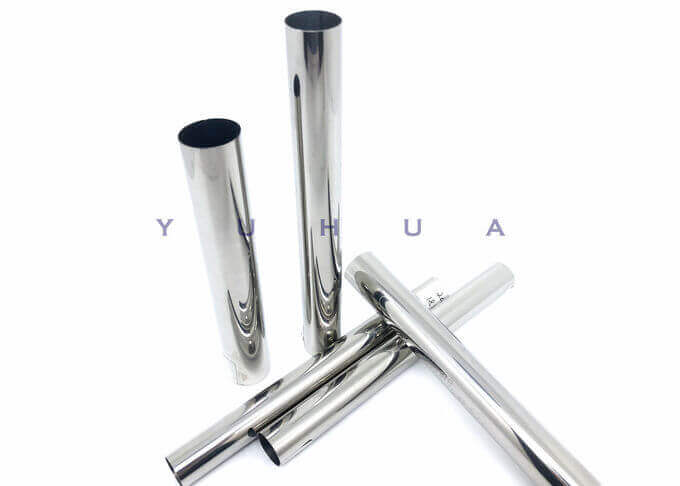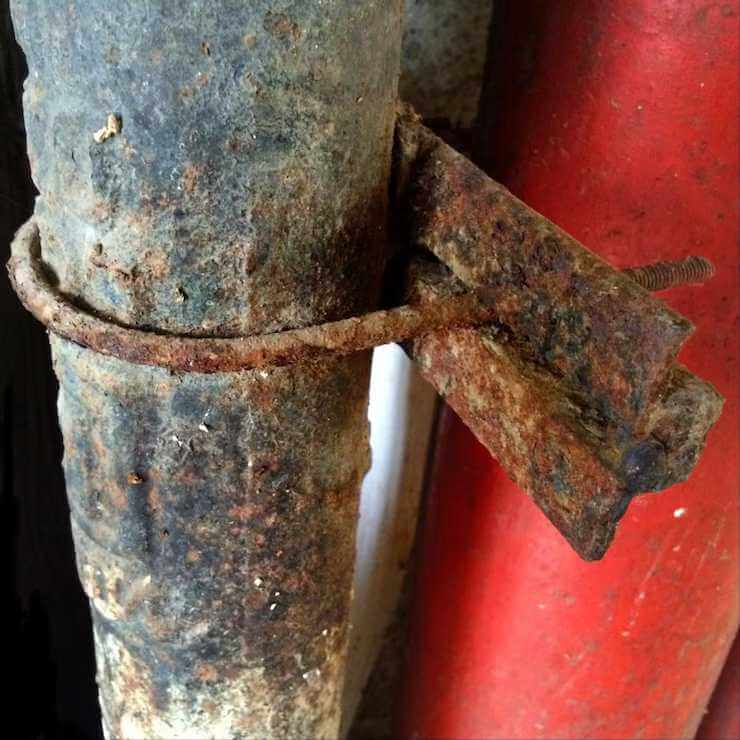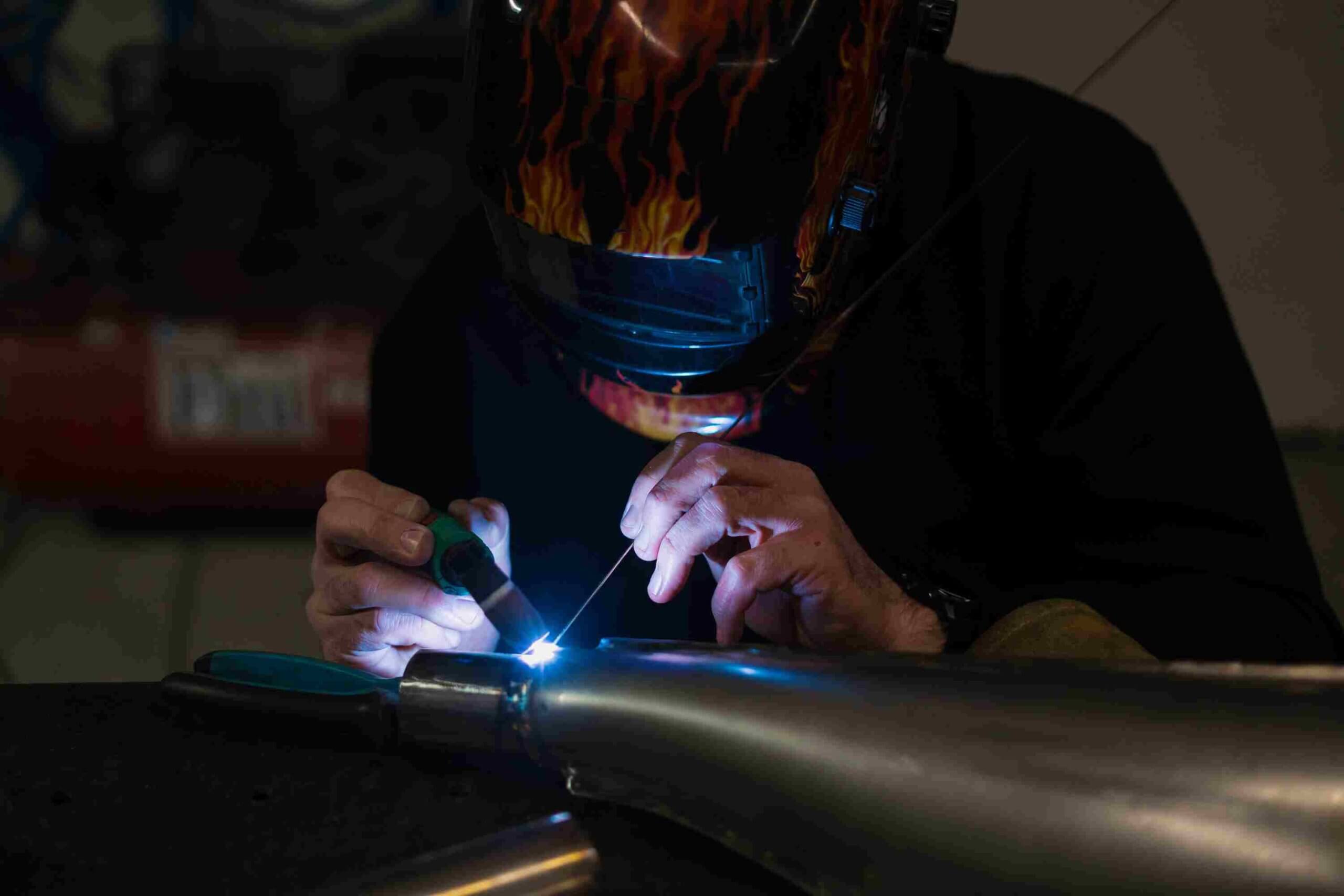Welding can make stainless steel (SS) pipes rusty. It uses hot temperatures to stick metal pieces together. This heat can mess up the protective chromium layer on the steel. This layer stops rust. When the hot metal touches air, the chromium mixes with oxygen. This makes a weaker, thicker layer called “heat tint.” Also, if the shielding gas isn’t used right, air gets to the weld spot. That makes rust worse.
The place around the pipes matters a lot. Wet air speeds up rust. So does salty air by the sea or chemicals in factory areas. Keeping pipes in damp spots during storage or shipping can cause rust on the surface. This happens if pipes aren’t covered well.
Yes, handling pipes poorly can lead to rust. Storing them in messy or dirty spots lets iron bits or other stuff stick to them. This causes rust. Scratches from rough handling can hurt the protective chromium layer. That leaves the metal open to rust. Using the wrong cleaning stuff or tools that leave gunk behind can make it worse too.

To stop rust while welding, use shielding gases like argon or helium. These keep air away from the weld. Make sure the gas flows well and covers both sides of the weld. Using less heat and welding faster helps too. It cuts down on heat tint by not staying hot too long.
Clean the weld right away with brushes or special chemicals. This gets rid of rust-causing stuff.
Pickling and passivation are great ways to stop rust on SS pipes. Pickling uses acid to clean off dirt, like rust marks or heat tint from welding. It makes the surface clean for passivation.
Passivation builds a strong chromium layer on the pipe. This layer blocks rust and keeps pipes tough, even in rough places.
Cleaning and polishing SS pipes after welding is super important. It keeps them strong and nice-looking. Polishing or cleaning with chemicals gets rid of weld marks, stains, or dirt. This makes a smooth surface that fights rust. Good cleaning also removes gunk that could hold water or start rust spots later.

Rust makes SS pipes weaker. It hurts their ability to fight corrosion. Heat tint makes weak layers that don’t protect like the natural chromium layer. Over time, this can cause tiny holes, cracks, or damage to the pipe’s strength.
Not fixing rust on SS pipes can cause big problems. Rusty pipes might not hold up under pressure. They could leak or break. In places using pipes for chemicals or liquids, rust can mess up the stuff inside. It can also mean costly fixes or downtime.
At YUHUA Products Co., Ltd., we stick to tough rules to make great SS pipes. We follow big-name standards like ASTM and ISO. This makes sure our pipes work well for building and industry jobs. These rules check things like size, strength, and rust protection. They’re key for SS pipes in all kinds of uses.
Our products include 410 SS Pipe, 304 SS Pipe and SS Square Pipe. Each one is made for specific tasks, like furniture or heavy industry. Good quality keeps customers happy and pipes reliable.

To keep rust away during welding, we use clever tricks to block air. We use top-notch shielding gases like argon or helium. These protect the weld spot and keep the chromium layer strong. This cuts down on heat tint.
After welding, we do pickling and passivation. Pickling cleans off dirt and rust marks. Passivation makes a strong chromium layer to fight rust. These steps keep our pipes tough and good-looking, even in hard places.
We check quality at every step. From checking raw materials to testing finished pipes, our team makes sure everything is perfect. This is why people trust YUHUA for SS pipes.
Q: What kinds of SS welded pipes does YUHUA make?
A: We make lots of SS welded pipes, like 410 SS Pipe, 304 SS Pipe, Round Pipe, Rectangular Pipe, Square Pipe, 201 SS Pipe and more. They work for jobs like building, making furniture, and moving chemicals.
Q: How does YUHUA deal with rust on its pipes?
A: We stop rust with smart tricks like using shielding gas while welding. We also do pickling and passivation afterward. These keep the protective chromium layer strong.
Q: What industries use YUHUA’s SS welded pipes?
A: Our pipes are great for building, making furniture, handling chemicals, and designing projects. Their rust protection makes them perfect for indoor and outdoor use.